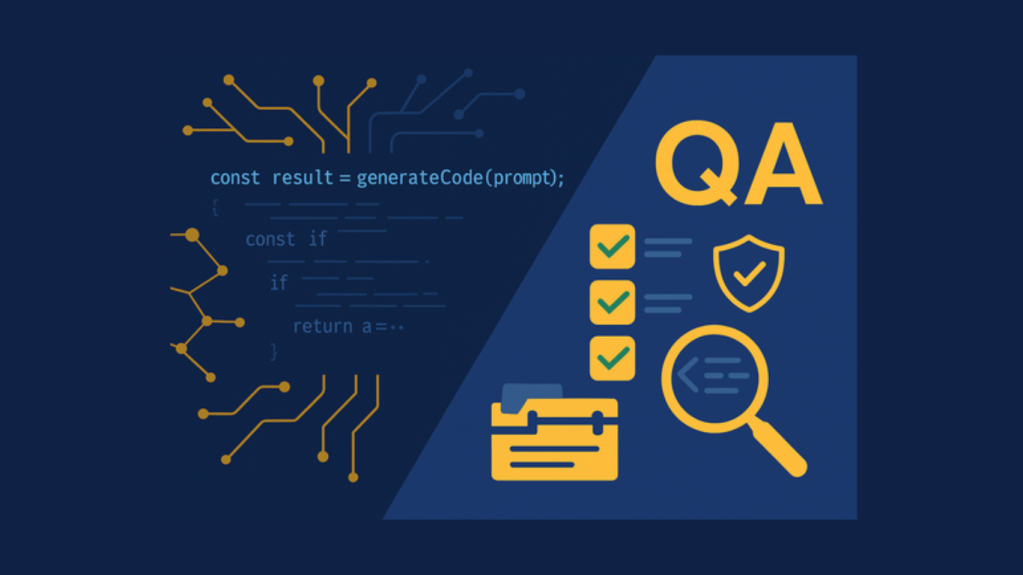So you think you are sitting on a great product idea, but need a little bit more validation before you cough up the big bucks and invest in building it out. Whether you are a startup entrepreneur or Fortune 500 enterprise, there is a large amount of risk involved with bringing a new product to market. For one, it can take months or years of research and development to fully flesh out the product concept and complete the development process. If you have a physical product you have even greater risk of potential wasted manufacturing and warehousing costs if the product launch flops. The markets are flooded with all kinds of products both virtual and physical and it is more important now more than ever to understand your market viability before you start developing your product in a black box.
We encourage anybody we talk with to do the proper market research to ensure the consumer demand is there, the timing is right and the market is not flooded. There are several aspects to this process.
Market Research
When diving into a new business model, industry market or product development initiative, the first thing you need to do before anything is learn about the market. Some of the questions you will want to answer for yourself are:
- Is there a market currently for this product
- What is the size of this market
- What types of customers purchase this product
- Are there competitors already in the space
- How many competitors am I going up against
- How established are the competitors
- What is the pricing model for the product
Competition can be a deterrent to many people, but there is another way to look at competition. In business, competition not only establishes a baseline for you and helps you set a target goal for where you need to go, but even more interesting, competition is a sign you are on the right track. When entering a market with no competition, you have to sometimes ask yourself, “Is there really a market for my product”?
There is a give and take with everything though. If you feel your market is already over saturated with competition it may be time to look at a new niche. The ideal time to enter a market is when there is already one to three competitors doing what you are trying to do, so they have accepted the greatest risk and proven there is viability, but they are still infant enough that you can catch up to them and get into the market early.
Learn from the Competition
Now that we have established that competition is good and healthy for your product startup, lets see what you can learn from them. It is important to get as much information about your competitors business model, pricing model, customer base and more. There are several ways you can do this, here are a few:
- Read their website, sign up for their newsletter and follow their social feeds
- Give them a call or stop by if you are local (In some cases they may be willing to discuss their business with you, sometimes they may be threatened and potentially rude)
- If you have a common relationship with anybody who has used their product, ask them about it and why they purchased that product from that company
- Purchase their product yourself if it is affordable and makes sense for you to do so
- Some people will also call the company posing as a potential customer and listen to the company’s sales process, depending on the nature of the business and industry this could be potentially illegal or unethical, so be sure to consider that before trying this option
At the end of the day, there is only so much you can learn from your competition because lets face it, they probably won’t be waiting in line to hand over everything they learned through their research and failures to the new guy/gal on the block.
Perform a Smoke Test
Smoke tests are a great way to quickly test if there is a market and what the cost of acquiring new customers might be for your business. In the age of digital marketing it’s now extremely cheap to run a smoke test and it’s a no brainer if you are entering into a new market. One thing to consider before going in is that a failed smoke test may be an issue with your marketing approach and not the business model itself. But either way, it will give you some insightful information for a low cost. Here is how to do it:
- Identify who will buy your product.
- Create a compelling message for those people that explains your product and the value it offers.
- Using a visually appealing interface, create a one page landing page with your compelling message and a signup form (simply ask for name and email).
- Create an advertising account with Google Adwords, Facebook, Linkedin or another social ad platform that makes sense (To determine which ad platform is the best for your product relate your target demographic to the demographics using each of these platforms. Testing on multiple ad platforms is not bad either).
- Run your ads for a few days. Usually a budget of around $500 should be enough to give you some insightful data about user response.
If you get success with your smoke test that is validation that you are headed down the right path and should continue investing time and energy into your product. If you got a failure result from your smoke test, it can mean one or several of the following:
- You didn’t identify the right demographic with your ads
- Your landing page did not compel users to take action
- The product messaging does not speak to the customer in the right way
- People don’t understand your product because they need education around it
- Your product truly is not viable and you should consider a pivot
Interview Potential Customers
Hopefully from your smoke test you have created a list of several people who would like to buy your product (If not, you at least know who you market demographic would likely be). Talk to these people and learn about their needs. Ask why they signed up on your smoke test page. Learn what value your product brings to them. Often times you can uncover some unique hidden value you didn’t even know you had. We once worked with a company that started out targeting their product to specific demographics of high school students, but ended up learning there was also a viable market for prisoners who were going to be released shortly. Sometimes the correlations can be hard to make, but are there right in front of your face.
Gut Check
So you passed all the checks above? Great!! Now we are at the final check and arguably the most important one. The gut check. You have all kinds of data and research on your product, the market and the customers in your market, but let’s throw all of that out the window for a minute. How do you feel about your product and market? Do you love it? Will it get you out of bed every morning and keep you working late into the evening? Will you be so excited to tell everybody about it? Is your motivation to build this product focused on the fact that you love the concept of the product and how it helps people much greater than the idea of benefiting financially from the product and business?
If you feel a burning passion to build your product concept and answered affirmatively to the gut check questions then it’s likely time for you to do what you know you have to do.









